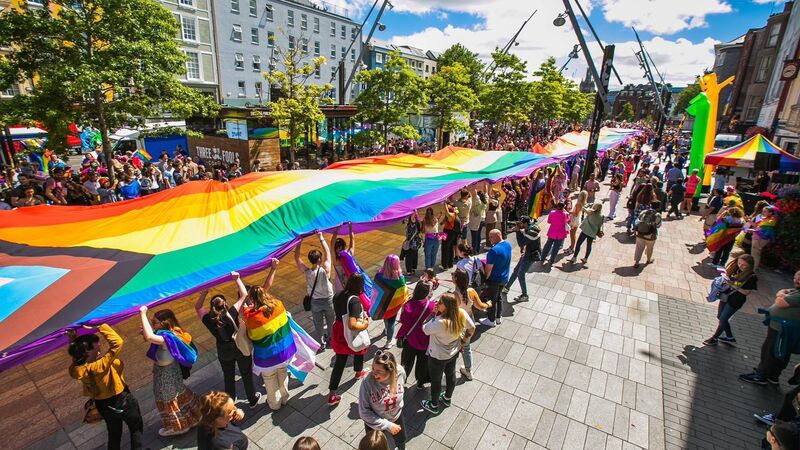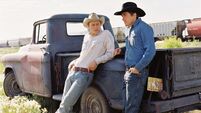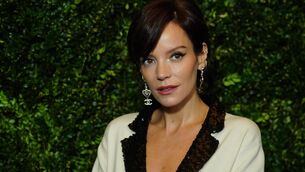Suzanne Harrington: Amid the glory and glitter, it’s easy to forget that Pride began as a protest

Cork Pride: the pride of our city.
It’s almost Pride o’clock. Rainbow colours, glitter and sequins, leather and lycra, buzzcuts and Birkenstocks, jeans, and t-shirts -- where ever you are on the queerometer, it’s time to celebrate.
When it comes to irrepressible exuberance, there’s nothing quite like Pride; it’s as if centuries of being squashed flat inside cramped closets constructed by the rest of us has concentrated the effervescence, carbonated the outness and proudness until it fizzes over like shaken champagne.
Mad to think that only 30 years have elapsed since those Irish closets were legally dismantled.
This is the theme of Cork Pride this summer – 30 years of not being criminalised for being yourself - although the first Cork Pride happened much further back, in the dark ages of 1981.
This fledgling Pride was described by veteran campaigner Arthur Leahy – perhaps Cork’s equivalent to Peter Tatchell in terms of longevity, tenacity, and humanity – as a handful of people standing around on a pavement with some leaflets.
Brave people representing an invisible community, legislated against by the church/state machine, at best ignored and unacknowledged, at worst othered and monstered. Not anymore.
I left Cork six years before the 1993 decriminalisation, when Loafers was the only place in town, and the idea of Pride as a huge party rather than a tiny protest seemed about as likely as, I don’t know, Ireland legalising divorce and abortion. And yet here we are.
My adopted hometown of Brighton – pop. 275,000 – hosts the biggest Pride in the UK.
Every year it gets bigger, the town subsumed each August in a rainbow tsunami.
What began in 1973 as a pink picnic in a local park last year saw 300,000 people dancing in the streets, turning the place into a gigantic three-day party. It’s immense.
People come from all over. In the gayest part of a very gay town, you need a wristband to access your own front door, as sound systems crank up in the sunshine and quiet streets transform into carnivals of hedonism and hilarity.
Until his death last year aged 98, a dapper old chap called George Montague was a regular Pride participant, riding his mobility scooter festooned with rainbow colours and a giant sign on the back announcing him to be the Oldest Gay in the Village.
He was, and this year’s Pride will be the first without him.
Back in the earlier half of the 20th century, when such things were allowed to happen, he was prosecuted for being gay. (Another oldie -- local drag queen Maisie Trollette -- is still performing aged 89. Must be the sea air).
Amid all the glory and celebration, the glitter and joy, it’s easy to forget that Pride began as a protest.
And that for millions around the world, it still is. A protest, longing to become a party.





